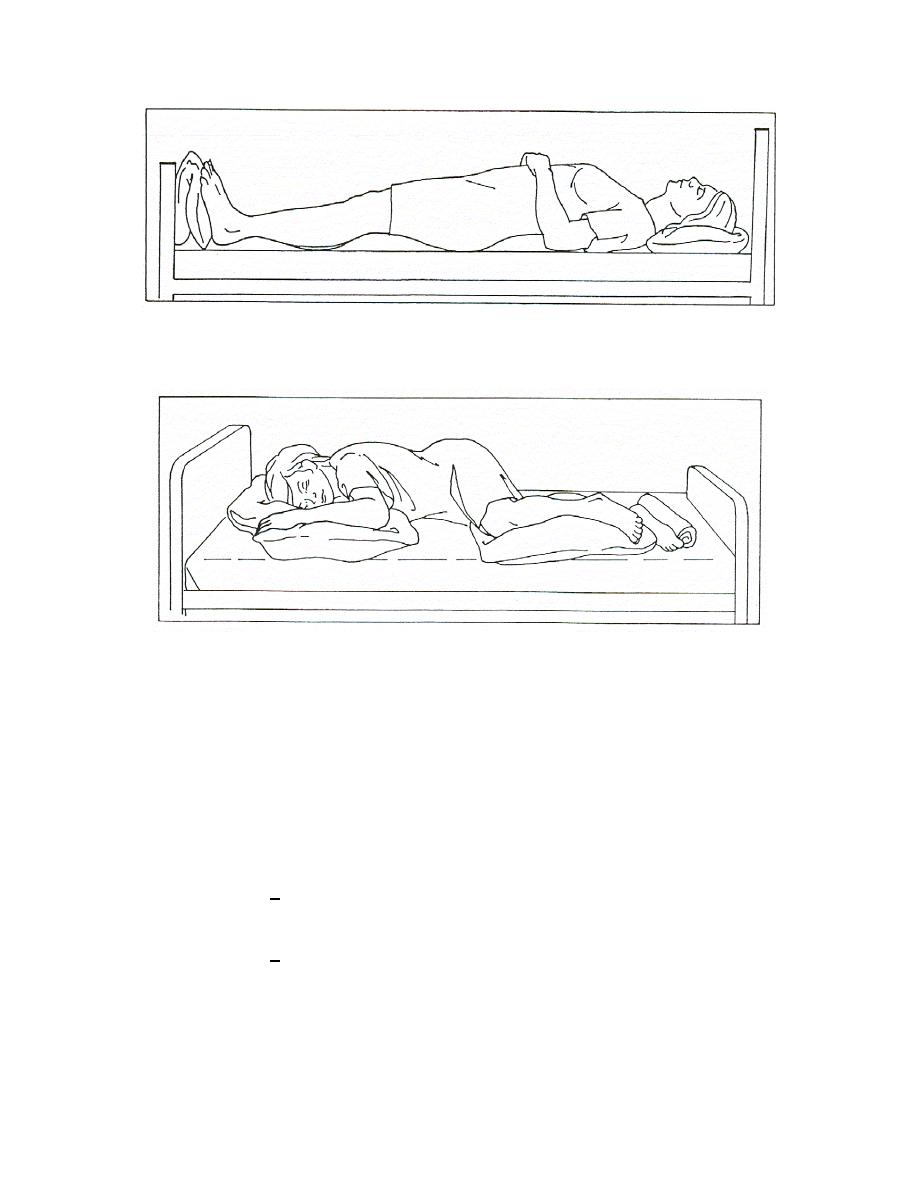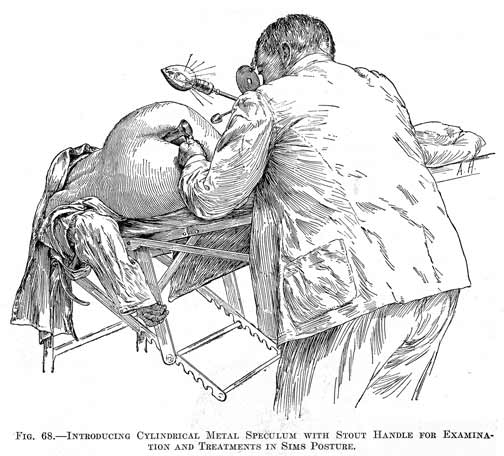

Sur le versant maternel, les déchirures périnéales graves et la survenue d’une hémorragie du post partum ou d’une chorioamniotite sont plus fréquentes. De diagnostic clinique difficile, elles sont associées à de nombreuses situations dystociques (allongement de la durée du deuxième stade, des efforts expulsifs) qui nécessitent un recours plus fréquent à l’oxytocine, aux accouchements instrumentaux ou par césarienne. Les variétés postérieures sont les malpositions fœtales les plus fréquentes rencontrées au cours du travail. In order to improve midwifery intrapartum care, further research addressed to midwives of other settings appears essential to compare different training contexts, to expand the proposed toolkit, and to invest on midwifery practice and education. An educational toolkit is proposed to make the promotion of maternal positions more effective and appropriate. Post-graduate courses are desirable to improve midwives' skills.

Nearly the totality of the sample considered appropriate to deepen the topic with training. The promoting factors were the presence of the partner, the telemetry, and the partogram with a section dedicated to positions. Vaginal examination, the detection of uterine contractions, intrapartum ultrasounds, and 'hands-on' perineum technique were considered irrelevant by the participating midwives. Factors limiting the proposal of maternal positions were the context, the relationships with healthcare providers, the woman features, the fetal heart rate registration, continuous cardiotocography, amniotomy, episiotomy, operative vaginal birth, and epidural analgesia.

The majority of the sample identified the general and specific benefits of maternal positions. The sample consisted of 115 midwives and data were analyzed using a quantitative, descriptive approach. The aim of the survey is to investigate the knowledge and skills regarding maternal positions in labor among midwives and to consider the need of training.Ī semi-structured questionnaire was distributed in August and September 2020 among midwives working in eight hospitals of Brescia, Northern Italy. Maternal positions and mobility during childbirth can have different and specific effects on labor and affect some birth outcomes. It is a simple and noninvasive intervention, reproducible, and well tolerated by pregnant women. The modified Sims position is a maternal posture intervention efficient in POP rotation, which decreases cesarean delivery rate.
#Sims position free#
The rate of vaginal deliveries was higher in the Sims group compared with the free position group (84.7% vs 68.3%, P =. In pregnant women undergoing labor in the Sims position, fetuses in POP rotated to occiput anterior in 50.8% of cases, whilst in the free position group, the rotation occurred in 21.7% (P =. The primary outcome was rotation to occiput anterior, and secondary outcomes were type of delivery, postpartum perineal condition, perinatal results, and maternal satisfaction. Women were randomized into the free position group or the modified Sims on the side of the fetal spine. The diagnosis was performed through digital vaginal examination and confirmed with an ultrasound scan. One hundred and twenty women in labor with fetuses in POP position were included. This is an open, randomized controlled, clinical trial.

The aim of this study is to assess whether the modified Sims position on the side of the fetal spine increases the rotation to occiput anterior position in women with epidural analgesia and a fetus in persistent occiput posterior (POP) position. Fetal occiput posterior position in labor is associated with more painful and prolonged labor, and an increase in both maternal and fetal morbidity.


 0 kommentar(er)
0 kommentar(er)
